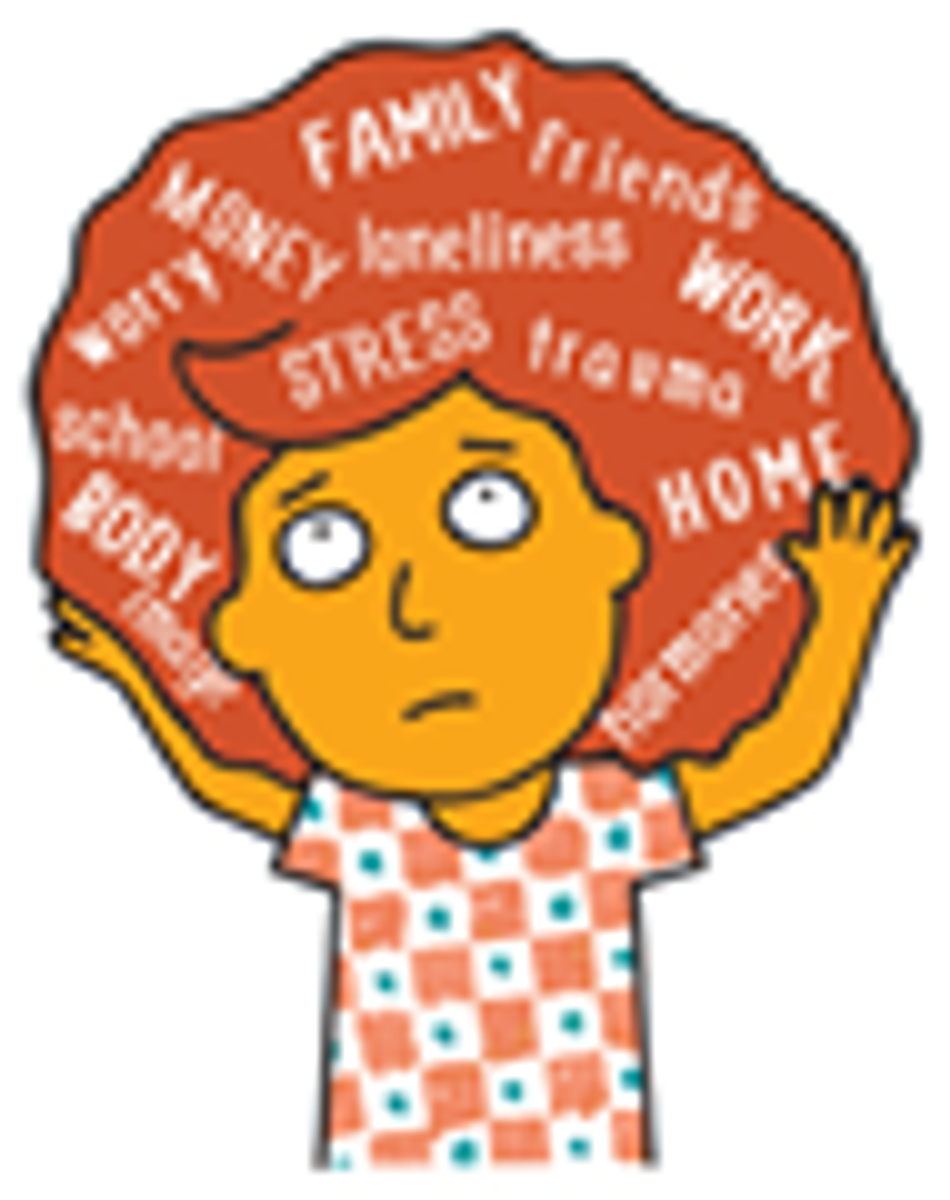Wellbeing

How to support young people to manage their anxiety.
Many of you may have seen this article last year, but given the pandemic has seen a rise in the anxiety levels of young people in Victoria we thought it would be useful to include this information again. The recent VSC online parent information evening on 22/03/2021 also covered the topic of anxiety and anxiety management for students. If you couldn’t attend, the link will be posted early next term.
This information has been sourced from Beyond Blue and The Brave Program websites.
https://brave4you.psy.uq.edu.au/
Anxiety is a normal and universal emotion that sits of the Mental Health Continuum. It sits somewhere in the middle, in the optimal range. It is only when anxiety impacts on a person’s day to day life that they require additional support.
Anxiety is a survival emotion. When a young person feels anxious they respond in three ways:
- Physiological response: tummy ache, increased heart rate, sweaty, tense, etc.
- Thoughts: of a real or perceived danger/threat.
- Actions: fight, flight, freeze or faint.
Young people with anxiety focus on the real or perceived threat and then try to avoid it. This is the way they protect themselves and aim to avoid what makes them feel anxious. This can present itself as school refusal, not going to class, avoiding assessments and presentations, avoidance of sports, social events, and appointments with health professionals, etc. Covid-19 has increased the threat to young people and in some cases has increased their belief that more things will go wrong.
Parent traps for dealing with anxiety.
As adults our natural reaction is often to try to make the situation better. We can do this in the following ways:
- The Reward Trap: a bribe to get them to do something.
- The Reassurance Trap: everything will be ok.
- The Telling Them What to do Trap: providing step by step instructions.
- The Avoidance Trap: allowing them to avoid the situation/task.
- The Impatience Trap: getting angry or frustrated with the young person.
Management Strategies:
The two general strategies to manage anxiety in young people are:
- Provide them with a safe and secure environment in which they can learn.
- Encourage a healthy lifestyle: good sleep, healthy balanced diet, exercise to increase their ability to regulate emotions.
The six more specific strategies are as follows:
- Provide a safe and supportive space.
- Provide opportunities for talking to and listening to the young person.
- Acknowledge emotions, don’t try to fix it, just listen.
- Notice body language and behaviour “I can see you’re feeling worried about….”
- Young people can see adults as a threat and not want to talk to them or open up.
2. Help the young person to face fears/anxiety in a gradual, stepped way.
- Avoiding situations helps in the short-term, but doesn’t help anxiety in the long-term.
- Encourage the young person to approach difficult situations, with support, not avoid them.
- It is easy for adults to support avoidance, but this doesn’t help the young person face challenging situations or learn to manage their anxiety.
- Help the young person to challenge their thoughts and work through their anxiety by gradually approaching anxious situations.
3.Help the young person to develop realistic thinking.
- Encourage the young person to be more curious about their worries. Challenge their unrealistic thoughts in a supportive way.
- What are you worried about?
- What are the facts?
- What happened last time you were in this situation or a similar one?
- What did you do? What happened?
- How likely is it that this event will happen?
- How would you cope?
- Encourage the young person to be more like a detective with their thoughts. This helps to bring their worry rating down.
4. Encourage independence and avoid reassurance.
- Too much reassurance makes anxiety worse.
- Young people need to think up their own strategies to manage their anxiety, which will increase independence and develop their coping skills.
5. Pay attention to courageous behaviour.
- When the young person has pushed themselves out of their comfort zone let them know this and provide positive feedback.
6. Be a calmer and coping role model.
- Young people learn how to manage their anxiety by watching the adults manage theirs.
- Support your own mental health so you can support your young person effectively.
The BRAVE Program can be used on any computer or tablet device and includes up to 10 sessions that you can work through at your own pace. There is a program for both the young person and the parent/adult. See websites listed above for details.

